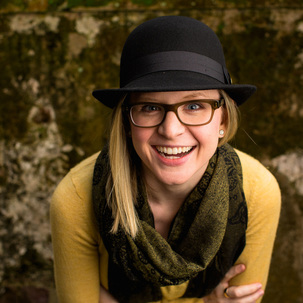Creative Corner – An At-Home Art Studio
In Charleston, SC we’ve had an unusual episode of real winter weather that kept us indoors longer than normal. When something like this happens, everyone scrambles to think of fun, educational, and interesting indoor activities. Art is certainly at the top of the list for me, and many parents would love for their children to put down the electronics and make some art. If you don’t already have a designated art space for your children, it’s time to create a creative corner in your home, and begin to integrate art making into their normal spectrum of activities.

Kitchen and dining room tables, as well as the shorter kid tables in playrooms, are efficient places for group art projects. I do, however, recommend having an art space that seats only one child. This is easily accomplished by acquiring a desk and chair. Choosing a location for the desk and chair is an important consideration. Deep creativity often comes from safety and peace, and it’s important that whichever child is using the art space, can feel creative with minimal interruption. Position the desk facing a wall or window (versus facing into a room) so that the experience feels a bit more private and the focus can easily stay on the creative process.
What supplies should the art space be stocked with? The answer is a bit subjective, as some children will gravitate toward crayons, while others love paint. I would keep a variety of supplies available in storage around the desk, making sure that when you introduce the art space to your child that their favorite art supplies are front and center. After the art space is utilized, rotate art supplies in and out for them. For older children, allow them to be a part of this process of choosing art supplies and storage facilities. This inclusion will help with their sense of ownership over the space, further cultivating creativity potential for them here. Different types of paper, a sketchbook, and sharpened pencils are an essential desktop selection.
All storage should be easily accessible and clearly labeled. Drawers and shelves are the preferred storage over larger stacked plastic totes. An area to dry and store unfinished pieces is very important as well, to keep the creativity flowing through a clear workspace, as well as practically to keep things a bit cleaner. Small drying racks can be purchased, but cookie cooling racks set on top of shelves and tables work great as well. Also come up with a clean-up process as you are creating this art studio so children know exactly how to handle in-process, drying, and finished art pieces. Do they wipe down the desk after every project, or just with paint? Where is the best place for them to wash their hands? Paper towels and wipes in the art space, or elsewhere? Have a plan and communicate it to your child, and the creativity will be much more enjoyable for them.
For décor, a small wall gallery above the desk, made simply from string and clothespins, allows children to immediately get their finished artwork admired from a distance. Corkboards and chalkboards/chalkboard painted wall allow children to gather and doodle inspirational ideas for their next great masterpiece. Be creative yourself, and work with your child to personalize this precious place. This may turn out to be your child’s new favorite place in your home. Wouldn’t it be wonderful if we had a hard time tearing our children away from their art studios instead of their tablets? We welcome shared photos of your child’s art studio with our community. We’d love to see your creative ideas!

Featured Blogger
Kristine Peterson

A creative adventurist, Kristine Peterson began her arts endeavors very young. In her identity, Kristine captured the love for all things creative, drawing from the time she could hold a pencil and leading her to Alfred University where she graduated magna cum laude earning a Bachelor of Fine Arts. She was trained as a studio artist in all mediums, ultimately concentrating in ceramics and metal foundry and fabrication work. A portion of her senior thesis exhibition was selected for an emerging artist’s show at the Kathleen Cullen Gallery in New York City. She first began teaching art while at Alfred University, even traveling to and living in Anan-Cho, Japan for three months to teach pottery. Following her undergraduate experiences, she worked as a tour leader for a traveling hands-on children’s museum. This allowed her to visit thirteen different states and over seventy-five different schools. With an ignited passion for art education, Kristine attended Mansfield University of Pennsylvania earning her Master of Education in Art Education degree. Upon her graduation, she received the Outstanding Art Education Award for her performance excellence in the program. She moved to Charleston from Pennsylvania in 2012 to work as an art teacher in the Charleston County School District. During her very first year she was selected Charleston County School District’s “Rookie Teacher of the Year.” She taught in the Charleston County public schools for three years. Kristine is now the Art Director and an Instructor at Black Tie Music Academy (www.blacktiemusicacademy.com) offering both art and music instruction for all ages and levels.


























